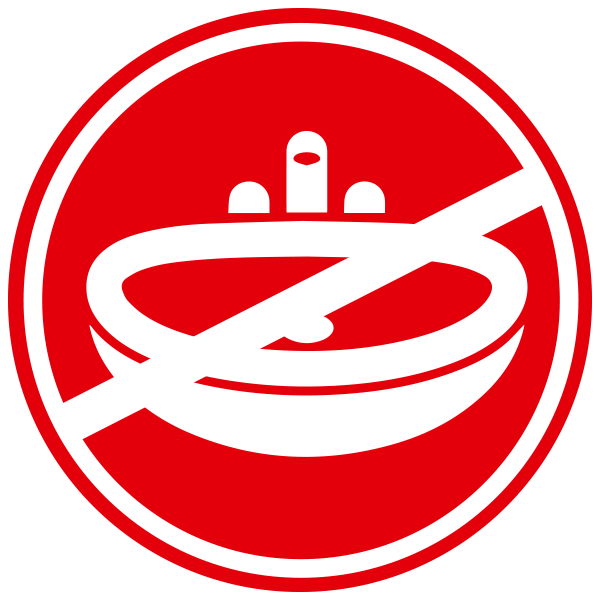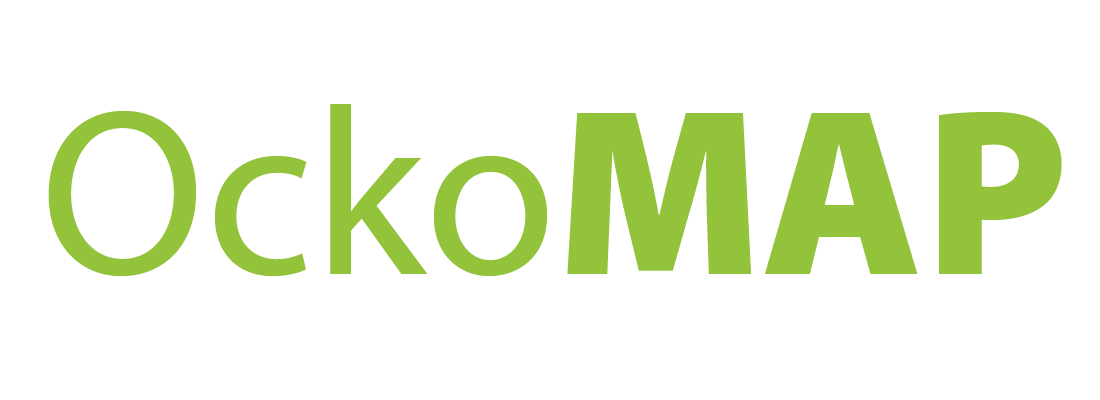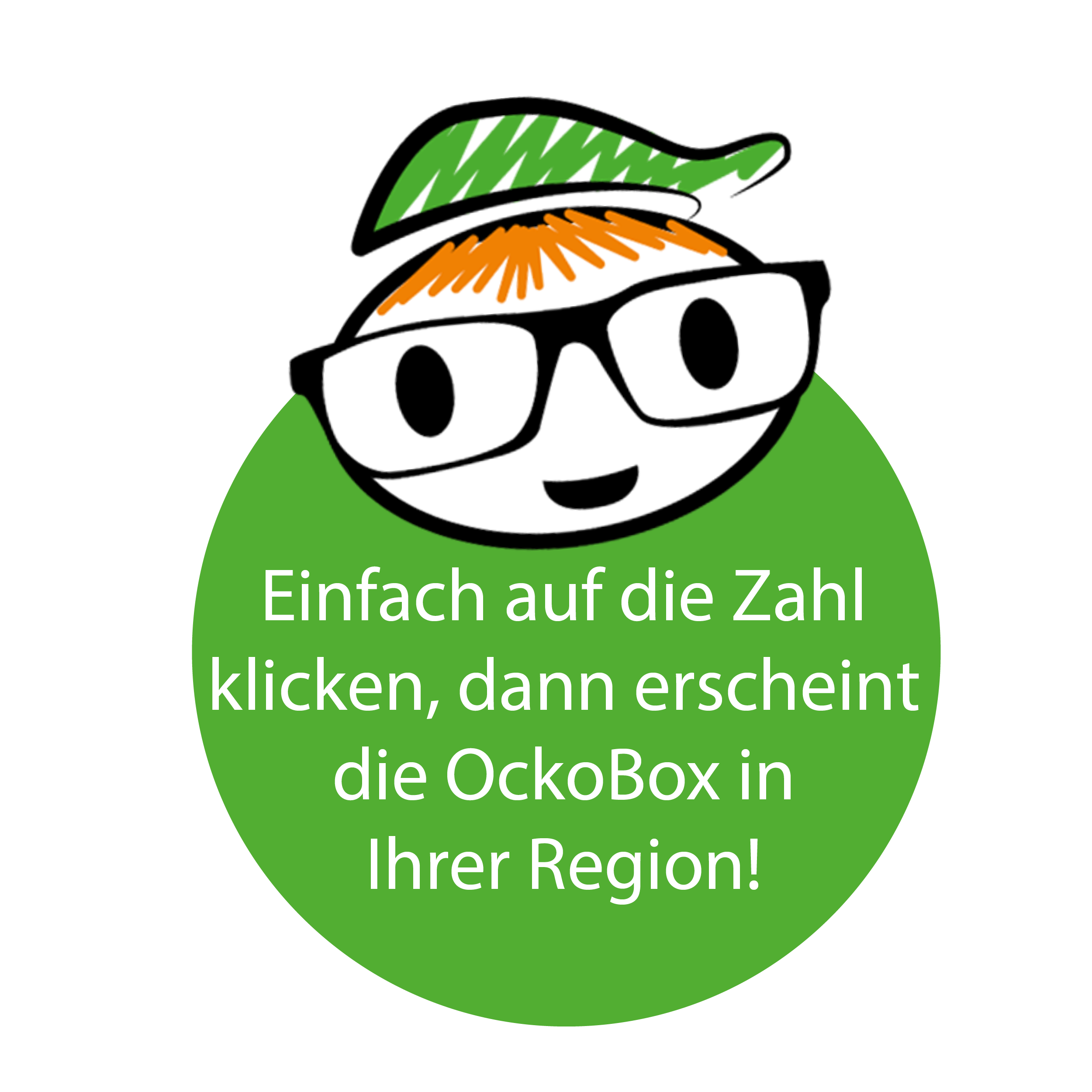
Frying oil can be reused up to eight times in the private kitchen before it should be replaced. But it is still not waste. It is full of energy. When properly processed, it can be used as an environmentally friendly raw material for the production of biodiesel. You can support this process:
As a consumer, you can dispose of your old frying fat and cooking oil free of charge in our OckoBOX, and we can extract green energy from it. From the pot to the tank - here you will learn how to properly dispose of old cooking fat and oil and what can be created from it in the green material cycle.


Old fat should not be flushed down the toilet or poured into the sink!
Until now, households had no choice but to dispose of their old fat via the residual waste bin. However, its dormant energy potential remains completely untapped - disposal instead of recycling. But if you want your old cooking fat from your kitchen to be reused in a meaningful way and thereby do something good for the environment, then disposing it in the OckoBox is the right solution for you. Where can you find it? Right around the corner - at your local supermarket and at your recycling center.


You want to protect the environment and support the green material cycle, where old cooking fat is turned into environmentally friendly biodiesel? Here you can see where you can find the nearest OckoBox, where you can dispose of your old household frying oil sustainably. By clicking on the respective OckoBox head, you will find the address.

You must never pour old fat from the household into the toilet or sink. Because in doing so, fat residue remains in the pipes, hardens, and clogs them. Some fats are even particularly treacherous for drainage pipes. For example, coconut oil: It solidifies again when it cools down and therefore becomes stubbornly stuck.
If hair, food residues, or other foreign substances also adhere to it, it can lead to serious blockages and foul odors. In the same way, dumped fat causes damage in the public sewer system. Furthermore, there is a risk of contaminating groundwater. Finally, in the wastewater treatment plant, fat generally hinders the cleaning of the wastewater.
In short, fats and oils in the drain harm the entire water cycle.
However, old cooking fat should not be disposed of in the bio bin or compost either. Unlike vegetables and fruits, fats and oils do not decompose. Instead, they leave behind a greasy film, cause unpleasant odors, and can even attract pests.
Through our clean recycling of old fat and cooking oil, there is no burden on the sewer system and groundwater, but rather the environment is sustainably protected. With our specialized process, we prepare the frying oil from your kitchen in such a way that it can be used to produce biodiesel. This fuel is CO2-neutral and helps protect the climate. It also reduces dependence on oil imports. Biodiesel from cooking fats is a standardized biofuel that is blended with regular diesel at a legally prescribed ratio. In this case, recycling is a form of upcycling, where something used gets a great new purpose!
And even the organic waste generated in the recycling process is energetically utilized in our own biogas plant, producing bio-methane for your home. From the kitchen to the tank, not a drop is wasted.
Dispose of old fat from your household in an environmentally conscious way - the OckoBox allows you to do that. You can easily get rid of frying oil here, as well as old or expired olive oil,
sunflower oil, rapeseed oil, and used fondue oil, for example. Simply pour the completely cooled oil into a plastic container, such as an old cooking oil bottle, an empty Tetra Pak, or a can that is no longer
needed in your household, preferably using a funnel. Please do not use glass bottles for the oil. Then you can place the filled container free of charge in the OckoBox, which you can find at your supermarket
or your local recycling center. Please note: Only edible oils and fats may be disposed of in the OckoBox, under no circumstances should motor oil or other liquids be thrown in. This would disrupt the green material
cycle and endanger the recycling of frying oil and edible fats from your kitchen as a raw material for environmentally friendly biodiesel. Additionally, loose fat should not be thrown into the OckoBox.
In our explanatory video, we have briefly explained the steps (only in German)
The recycling or upcycling of old cooking fat, cooking oil, and frying fat into a secondary raw material for fuel production is done by us according to the following process:
From pot to tank – that is our green material cycle
Our clean recycling process eliminates wastewater pollution and prevents sewer blockages.
You can find the OckoBOX right around the corner at your local supermarket. This means short distances for environmentally friendly disposal of your used cooking oil
Here's how the modern processing of used cooking oil works:
At our specialized facility, we heat and clean the used oil so that it can be reused as a new biofuel for transportation.
This fuel is carbon-neutral and better for the climate. It also reduces dependence on oil imports.
How does the OckoBOX work?
1. Pour your used cooking oil into a plastic bottle.
2. Throw the filled bottles into the OckoBOX.
3. We turn it into biofuel, electricity, and gas for heating.
You can put the following in the OckoBOX:
- Completely cooled used cooking oil
- Filled in a bottle or container
You CANNOT put the following in the OckoBOX:
- Oil/fat without packaging (container)
- No motor oils
- No other liquids
What are you waiting for?
Are you interested in the sustainable concept of our OckoBo?
Do you want to offer your customers the opportunity to dispose of cooking oil from their households in an environmentally friendly way during their next purchase?
Do you want to become a partner and set up an OckoBox in your store?
Please feel free to contact us and get more information.
An initiative of Energiepark Heinfelde.







